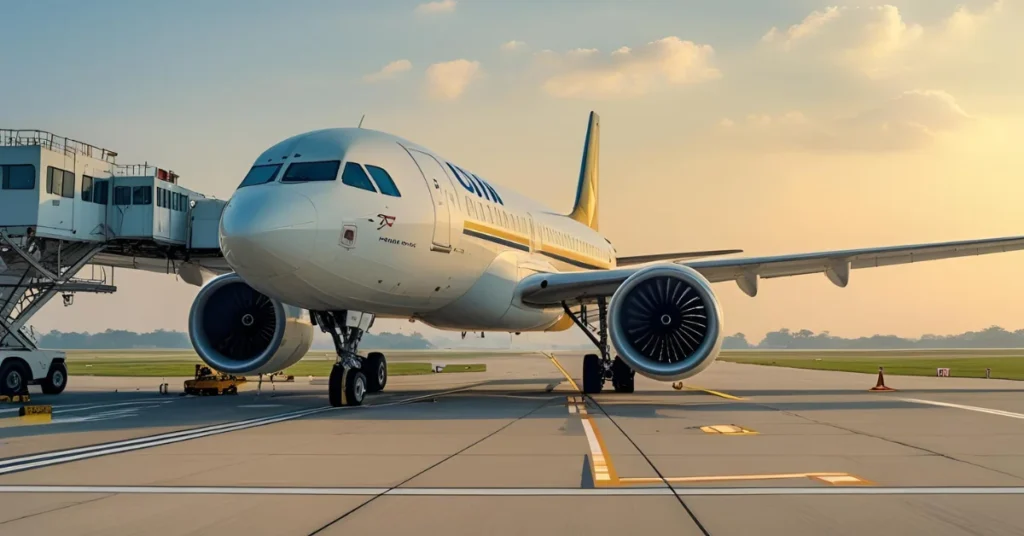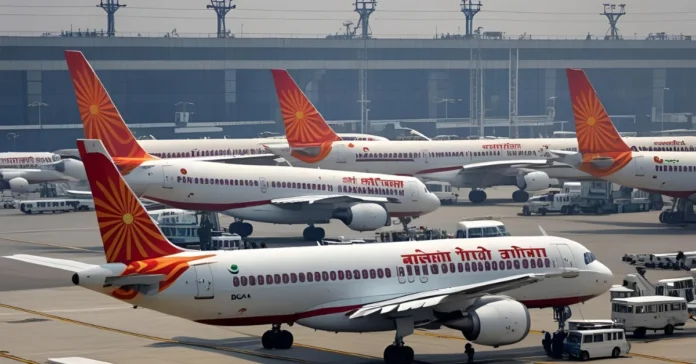Overview
The Civil Aviation Requirements (CARs) are legally binding regulations in India, issued by the Directorate General of Civil Aviation (DGCA). The DGCA is responsible for ensuring the safety and compliance of airlines, airports, and all aspects of aviation in the country.
The CARs encompass various areas, including operations, licensing, airworthiness, training, and personnel. Essentially, CARs serve as India’s aviation laws.
CARs in a Nutshell
- Drafted by DGCA, issued after public consultation.
- Published in series:
- Series B – Flight crew
- Series C – Maintenance
- Series H – Gliding & balloons
- Revised frequently—EPL Rev‑II is a recent example.
Evolution & Context
- 1934: The earliest form of regulatory authority by the DGCA.
- 1999: Standardization of the CAR structure.
- 2025: Planned expansion of CAR series to include digital licensing, drones, and unmanned aerial vehicles (UAVs).
How CARs Work
- DGCA drafts CAR
- Public consultation
- Final version issued
- Legally enforceable
Non-compliance can lead to fines, legal action, or revocation.
CAR Series Overview
| Series | Focus Area |
|---|---|
| B | Pilot training, licensing, operating |
| C | Aircraft maintenance & engineering |
| G | Air transport regulations |
| H | Ultralight, gliding, ballooning |
| L | Aero sports, UAVs, drones |
Sections of CAR
- General Section
This section introduces the Civil Aviation Requirements (CARs) and outlines its goals. It clarifies the responsibilities of the Directorate General of Civil Aviation (DGCA) and describes their plans to ensure safety in aviation. - Airworthiness
Airworthiness indicates that an aircraft is safe to fly. This section covers:
- Aircraft Maintenance: Guidelines for how airlines must regularly inspect and repair aircraft.
- Safety Standards: The minimum safety standards that all aircraft must meet.
3. Operator Requirements
This section informs airlines about what is necessary to operate legally. It includes:
- Documentation: Airlines must possess the proper licenses and documentation to operate flights.
- Training: An outline of training requirements for pilots and crew members, ensuring everyone is equipped to handle the aircraft safely.
4. Personnel Licensing
Here, CAR explains the qualifications required for pilots and crew members:
- Pilot Licenses: An overview of the different types of licenses, such as the Private Pilot License (PPL) and the Commercial Pilot License (CPL).
- Training Standards: The training programs that pilots must complete to obtain their licenses.
5. Air Traffic Management
This section addresses how air traffic is directed to ensure safe flights. It explains:
- Air Traffic Controllers: The role of controllers in directing aircraft during takeoff, landing, and while in flight.
- Flight Plans: The importance of submitting flight plans for safety and operational efficiency.
6. Flight Operations
Flight operations focus on how flights are carried out. This includes:
- Pre-flight Checks: The necessary checks pilots need to perform before takeoff.
- Emergency Procedures: The steps to follow in case of an emergency.
7. Ground Handling
Ground handling encompasses the services provided to aircraft on the ground, such as:
- Passenger Services: Procedures for checking in and assisting passengers.
- Baggage Handling: Methods for safely managing luggage.
8. Safety Management Systems
This section focuses on how organizations manage safety risks:
- Reporting Incidents: The importance of reporting incidents or accidents.
- Safety Audits: Regular evaluations to ensure compliance with safety standards.
9. Environmental Protection
CAR also includes guidelines for environmental protection, which involve:
- Noise Regulations: Measures to minimize noise pollution caused by aircraft.
- Fuel Efficiency: Encouragement for airlines to adopt fuel-efficient practices.
10. Legal Framework
This section provides the foundation for enforcing CAR regulations. It includes:
- Penalties: Consequences for airlines or personnel who fail to comply with CAR rules.
- Legal Proceedings: The process for addressing disputes related to aviation laws.
Why It Matters
- Ensures standard practice across Indian aviation.
- Helps foreign operators align with DGCA expectations.
- Supports digital transition—eGCA, drone rules, UAS management.
CAR vs NPRM
Unlike Notice for Proposed Rulemaking (NPRM) in FAA, CARs are finalized in one step after draft and consultation. This makes them quicker to enforce—but less adjustable post-publication.
Conclusion

The Civil Aviation Requirements (CAR) established by the DGCA play a crucial role in shaping the aviation industry in India. By ensuring that airlines and personnel adhere to specified regulations, CAR helps maintain a high level of safety and quality in air travel.
From ensuring the proper maintenance of aircraft to providing pilot training, CAR covers all aspects of civil aviation that are essential for the safe transport of passengers.
Understanding CAR allows everyone to appreciate the efforts invested in making air travel safer and more efficient. The next time you board an airplane, remember that a great deal of work goes into ensuring your flight is safe!

